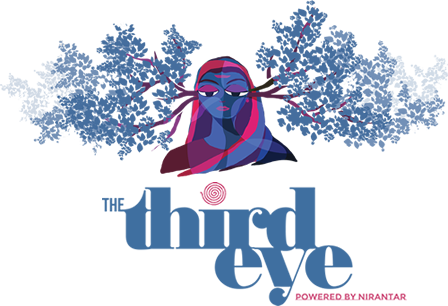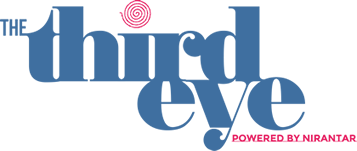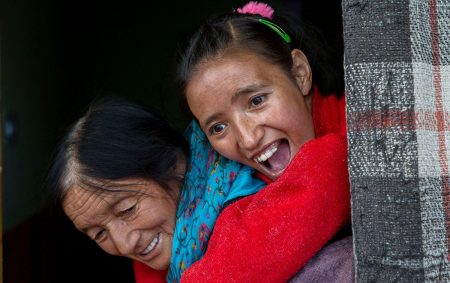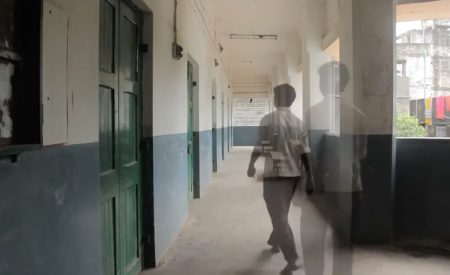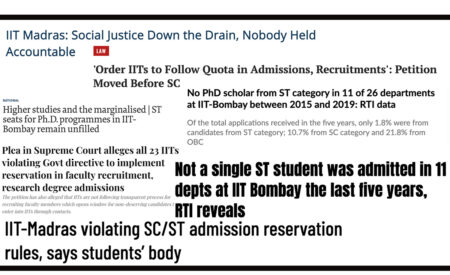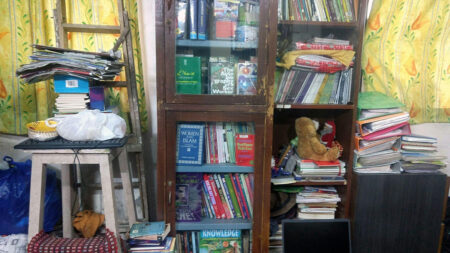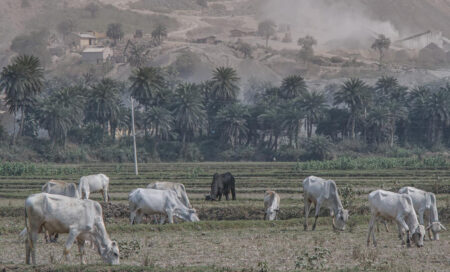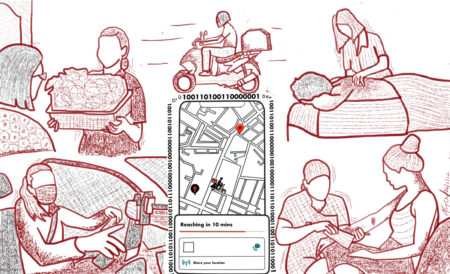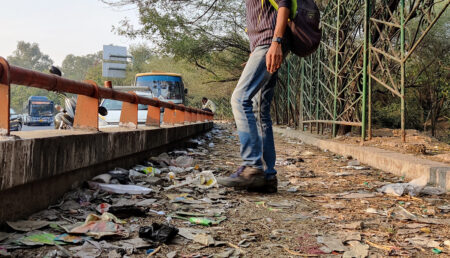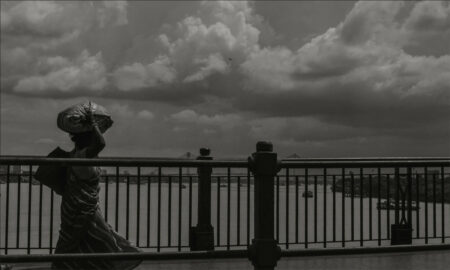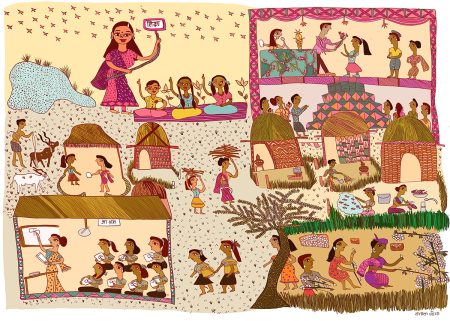
I Became Educated For A New Adivasi Future And To Help The World Remember Our Adivasi Present
I was born in the Gond Adivasi community in Wardha, Maharashtra. I am the eldest of my siblings—three sisters and a brother. My parents are farm labourers who work in fields that belong to other people.
